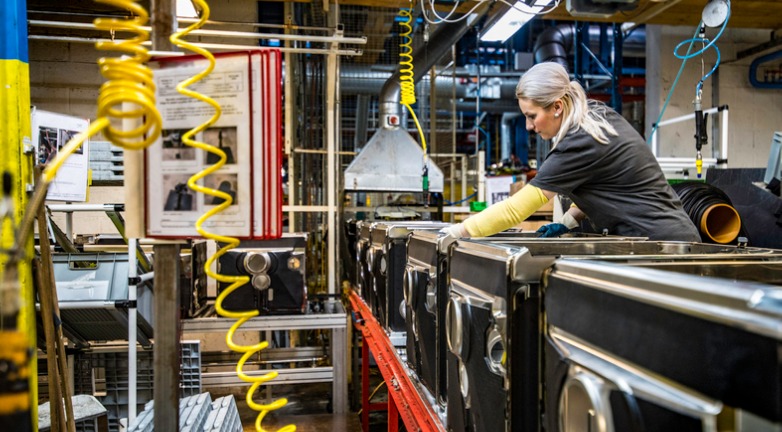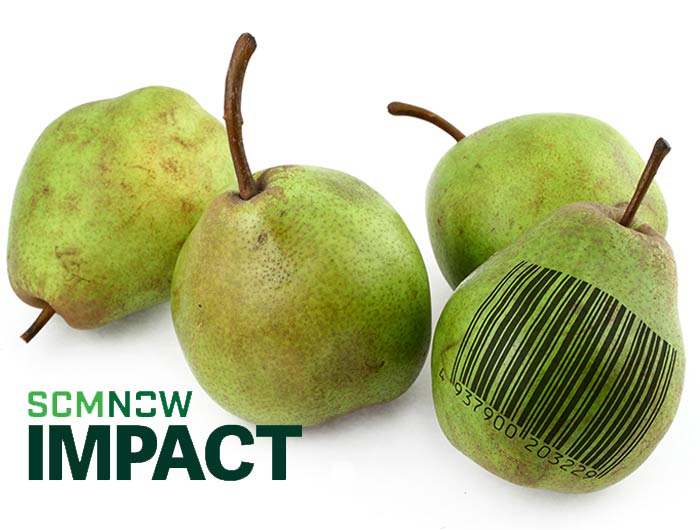Since its founding in 1866, global paint giant Sherwin-Williams has grown its sales to nearly $15 billion — that’s 1,700 times its first-year annual revenue. Although the company has had more than 150 years to grow, it also achieved a 26 percent increase in sales from 2016 to 2018, along with a mural of other positive metrics in the recent past. What’s the secret to this company’s continued success? Its leaders attribute it to kaizen, or continuous improvement.
"Give Mr. Sherwin the credit," says Joel Baxter, president and general manager of Sherwin-Williams' global supply chain, in an IndustryWeek article. "He really instilled this 'never rest' mentality." Henry Sherwin knew that continuous improvement would drive the industry — and his business — forward. This attitude helped him achieve several industry firsts, including becoming the first paint company to produce its own tin cans, improving these cans by making them resealable and introducing ready-mixed paint.
Today, Sherwin-Williams strives for innovation and improvement in every vertical of its business. For example, the company has improved its energy efficiency by making small changes like switching to LED lights. Several of its sites have achieved zero-waste designation as a result.
In distribution, Sherwin-Williams’ fleet of 550 trucks covered a company record of 74 million miles last year, 7.3 percent more than the year before. To keep emissions low and efficiency high, the company again made small changes like delivering shipments to large cities at night to avoid traffic and hauling materials from vendors on return trips to avoid empty truckloads. Because of these efforts, Sherwin-Williams earned a 2017 U.S. Environmental Protection Agency SmartWay Excellence Award in the small mixed carrier fleet category. In addition, because the company kept safety a priority all the way and achieved a stellar safety rating, it also earned the National Private Truck Council 2017 Fleet of the Year Safety Award.
This commitment to safety carries over into its facilities. Many of Sherwin-Williams’ sites have not had any recordable injuries for multiple years, and the company boasts 28 Voluntary Protection Program Star sites, 12 Occupational Health and Safety Assessment Series 18001 sites in the United States and 44 ISO 14001 sites globally, which represents more certifications than any other paint and coatings manufacturer.
To improve Customer Relations, the company is embracing new technology. Sherwin-Williams offers an Instant Paint feature in its ColorSnap Visualizer app. This tool utilizes augmented reality to show consumers what different paint colors will look like on their walls.
Lastly and most important, company leaders note that Sherwin-Williams would not be as successful as it is without the continuous improvement of its employees. The company believes in giving every employee opportunities for advancement to help grow both his or her career as well as the business. “We hire and promote for leadership, and we want leaders who care about people,” Baxter says in the article. Sherwin-Williams also prioritizes cross-training and team-building to make sure everyone is in sync and able to help the company produce its signature quality paint.
Improving as an association
Let’s take a closer look at the definition of continuous improvement from the APICS Dictionary: “The act of making incremental, regular improvements and upgrades to a process or product in the search of excellence.” At APICS we cover continuous improvement throughout our body of knowledge, in our courseware and publications and during our conferences. For the past few years, we’ve been on our own quest for excellence.
Supply chain’s emergence as a critical value driver for organizations combined with advances in technology and consumer awareness, made it clear we needed to implement a big change. That’s why we are launching the Association for Supply Chain Management (ASCM). This is more than a new name or a rebrand, it’s an entirely new association. ASCM enables us to expand our reach and broaden our impact, becoming the leader on all things supply chain.
To be clear, APICS will exist as part of ASCM. Chapters and international training partners will continue as APICS moving forward. Plus, APICS certifications, CPIM, CSCP and CLTD, will continue to carry the APICS name. I’m excited to see how we can support our different stakeholders, members and companies as we transition. As with any change, there are learnings and questions. Stay in touch with us as we prepare to finalize the launch of ASCM in the first quarter of 2019. In the meantime, visit ascm.org to catch up on the latest.



